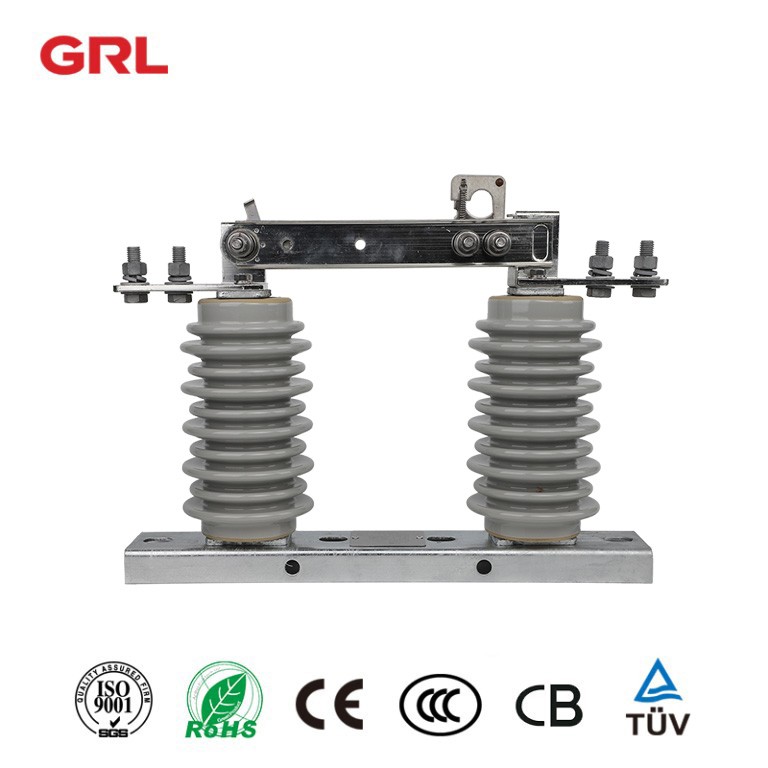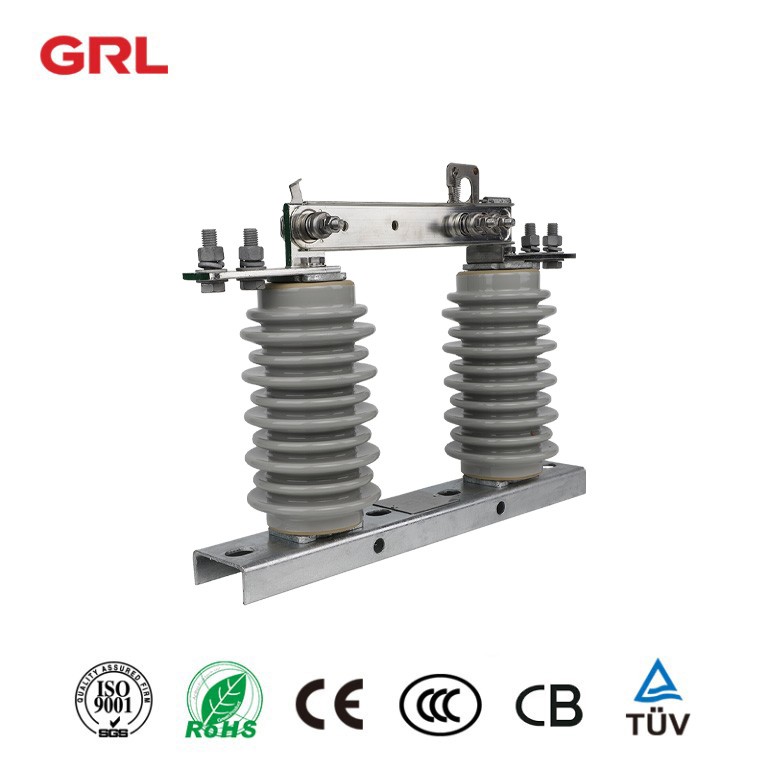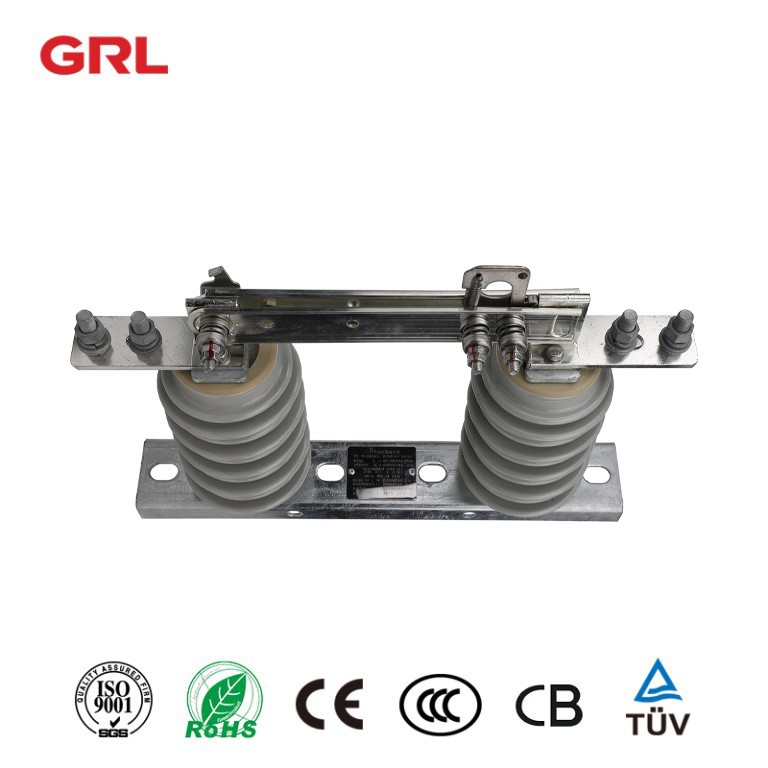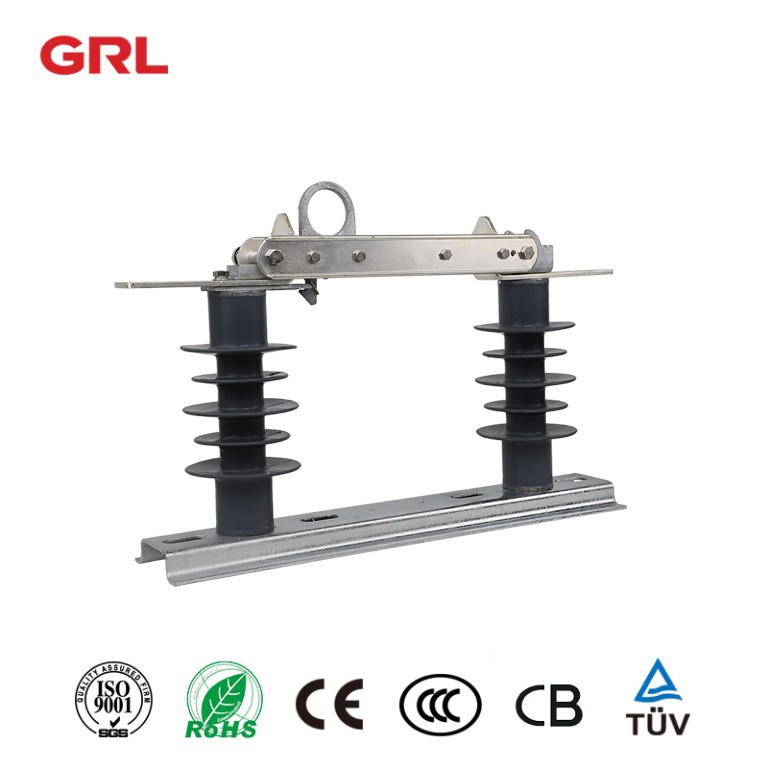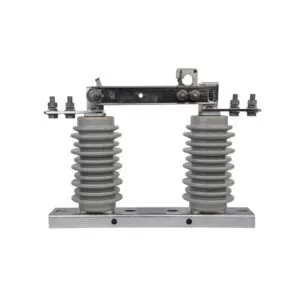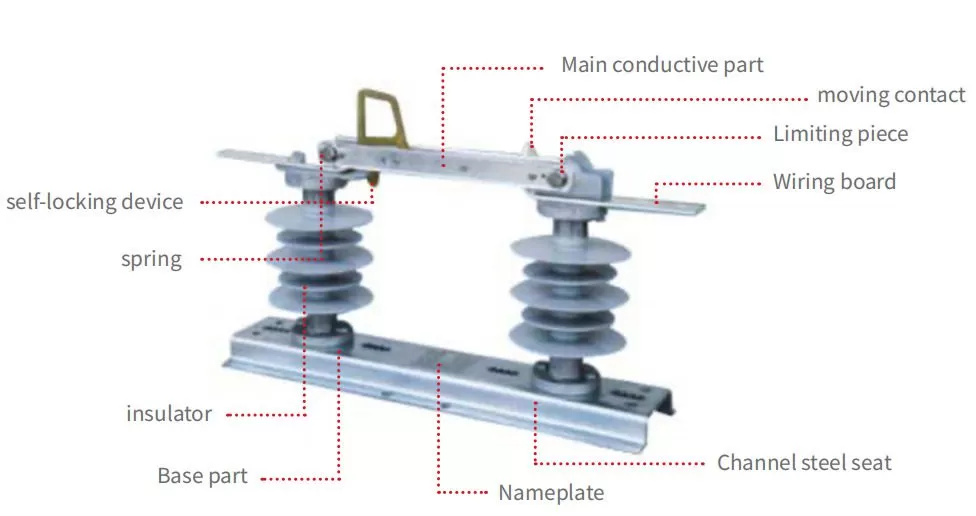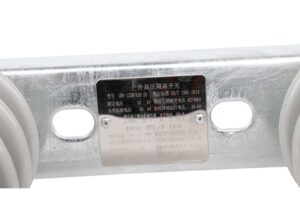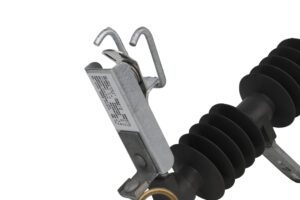High Voltage Load Break Switch Structure
1. Conductive Parts: Includes dynamic and static contacts, blades, and limiters, enhanced with silver plating for superior conductivity.
2. Insulation: Utilizes high-quality insulators for effective electrical isolation.
3. Support Structure: Features a channel steel base with hot-dip galvanized, plastic-coated brackets for corrosion resistance and durability.
4. Additional Features: Nameplates and anti-counterfeiting labels to ensure authenticity and traceability.
High Voltage Load Break Switch Selling Points
- Innovative Operating Mechanism: Guarantees reliability with a state-of-the-art design, avoiding the use of refurbished parts.
- Quality Insulators: High-grade porcelain insulators provide excellent insulation and are durable, reducing the need for cleaning.
- Protected Support Brackets: Coated with plastic over a hot-dip galvanized base, these brackets resist corrosion and support the isolation switch effectively.
Operational Guidelines The switch operates by manual or remote means to disconnect power, creating an air gap that ensures no current flow during maintenance. This straightforward mechanism is critical for ensuring safety in high-voltage environments.
